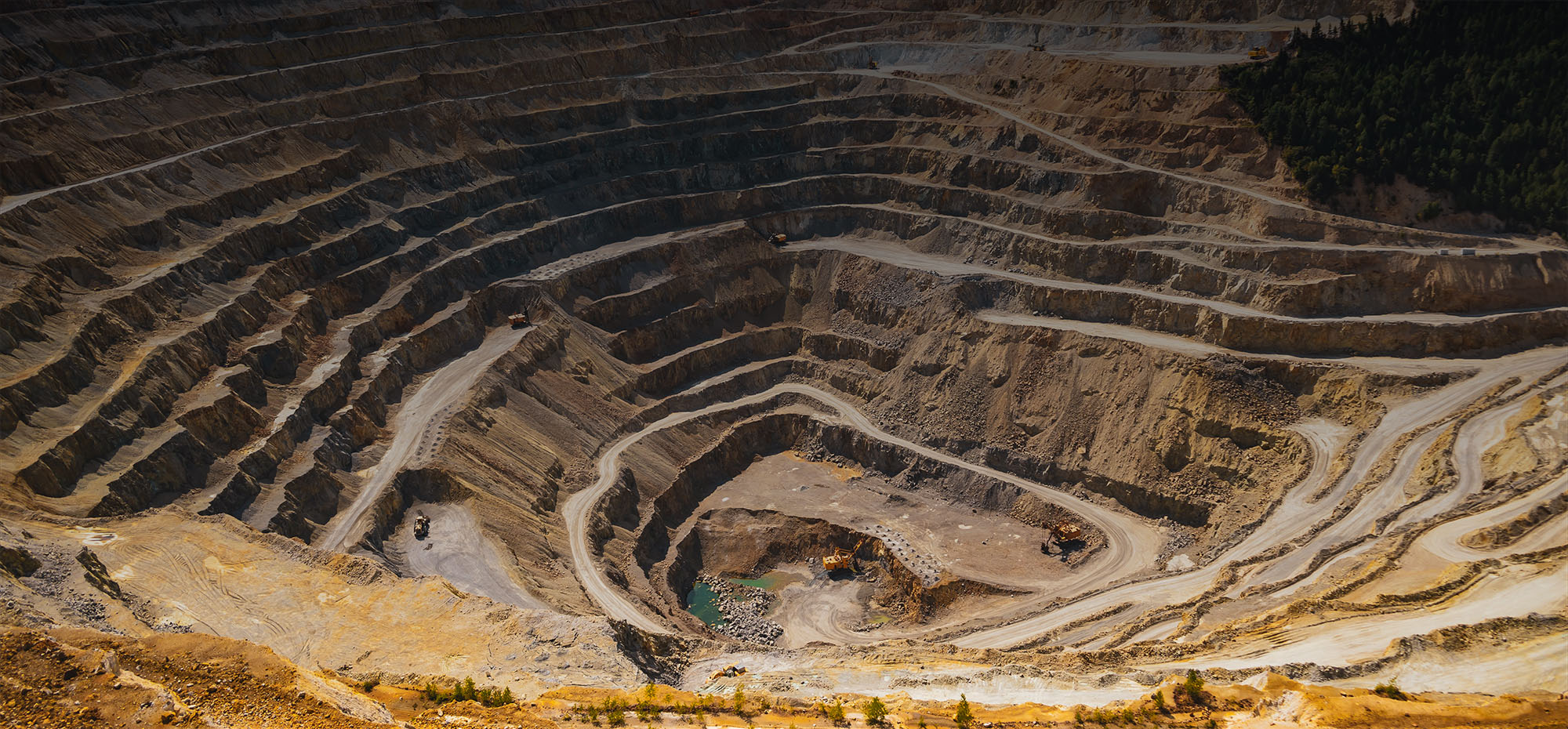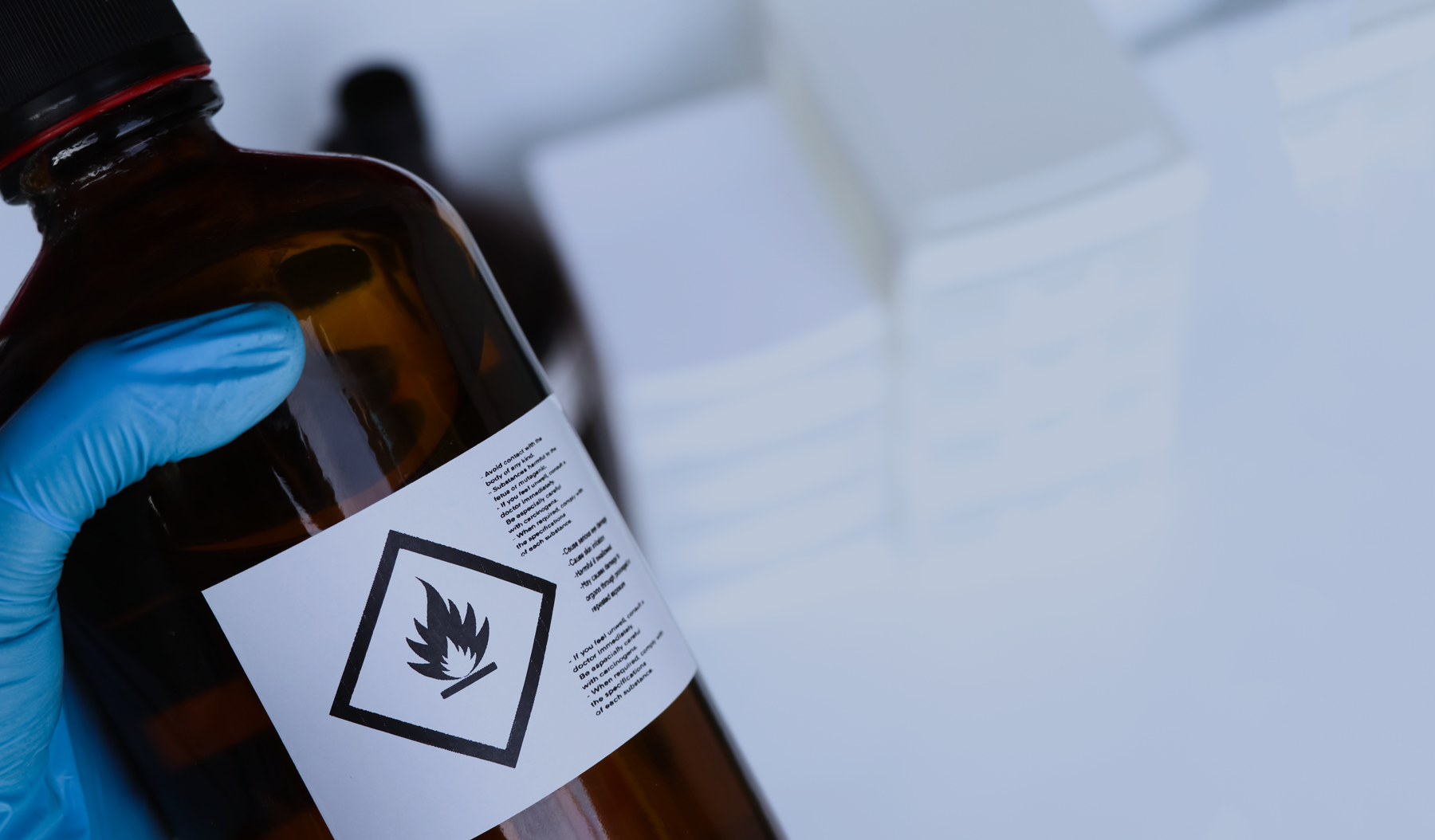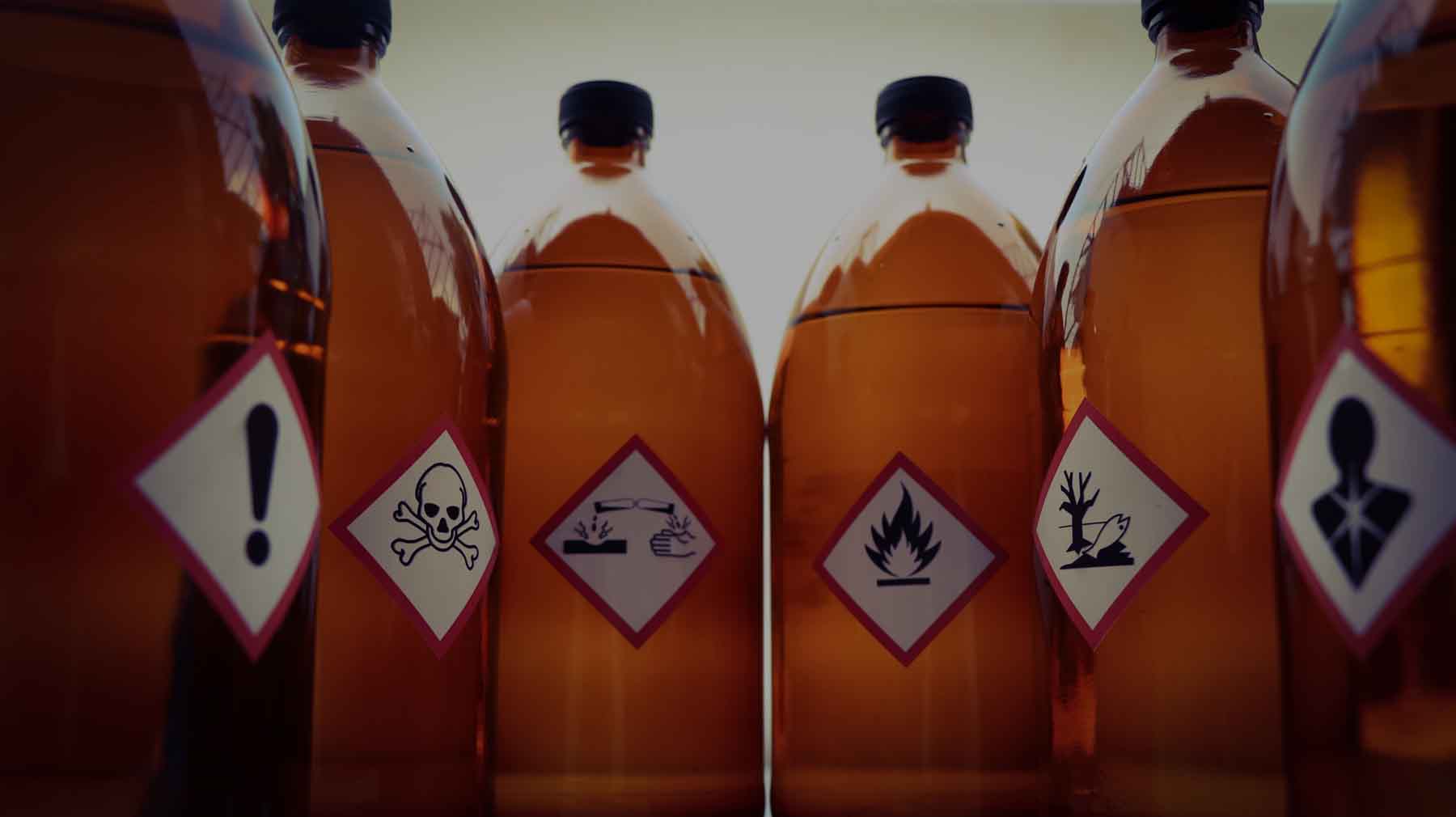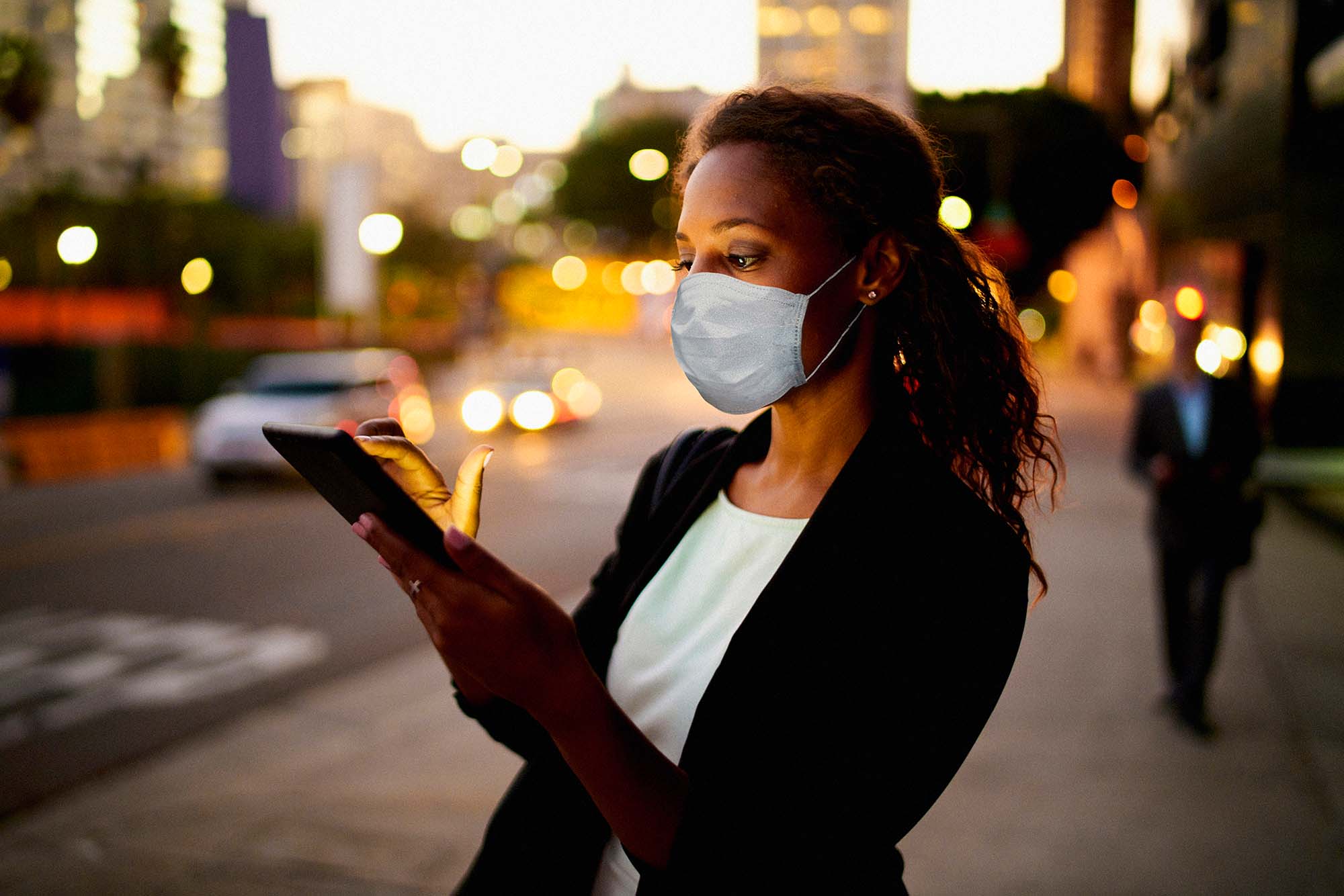If your company relies on any kind of raw material to produce your product—and it probably does—then you should make sure you’re taking steps to manage the risk of price fluctuations of that raw material. In other words, you should be managing commodity risk. In this blog post, we break down the commodity risk basics: what it is, what causes it and what you can do about it.
Does your business depend on a raw material—like wood, grains, steel, copper, iron or gas (just to name a few)—to produce your product? If your company makes cars, you definitely need metals. If your company makes furniture, you probably need wood. If your company makes food, you might need grains. You get the idea—most companies who create any kind of product rely on a raw material to do so. And if this is the case for your company, then there’s something you should know: Your business is threatened by commodity risk.
What Is Commodity Risk?
Commodity risk is the threat of price fluctuations of a raw material. For commodity producers, a decrease in raw material prices is going to hurt, because they’re going to receive less money for the raw material that they’re providing. For commodity buyers—that is, the companies who rely on raw materials to produce their products—an increase in raw material prices is going to hurt, because they’re going to pay more than they had expected to pay. According to KPMG Global, 71% of global companies highlight raw material costs as their number one supply chain threat for 2023. For example, lithium, critical for electric vehicle batteries, has seen a tenfold price increase in the past two years. However, prices for key base metals such as steel, aluminum and copper have trended downward. Reasons include increased supply as well as weaker global demand caused by slower economic growth in major economies.
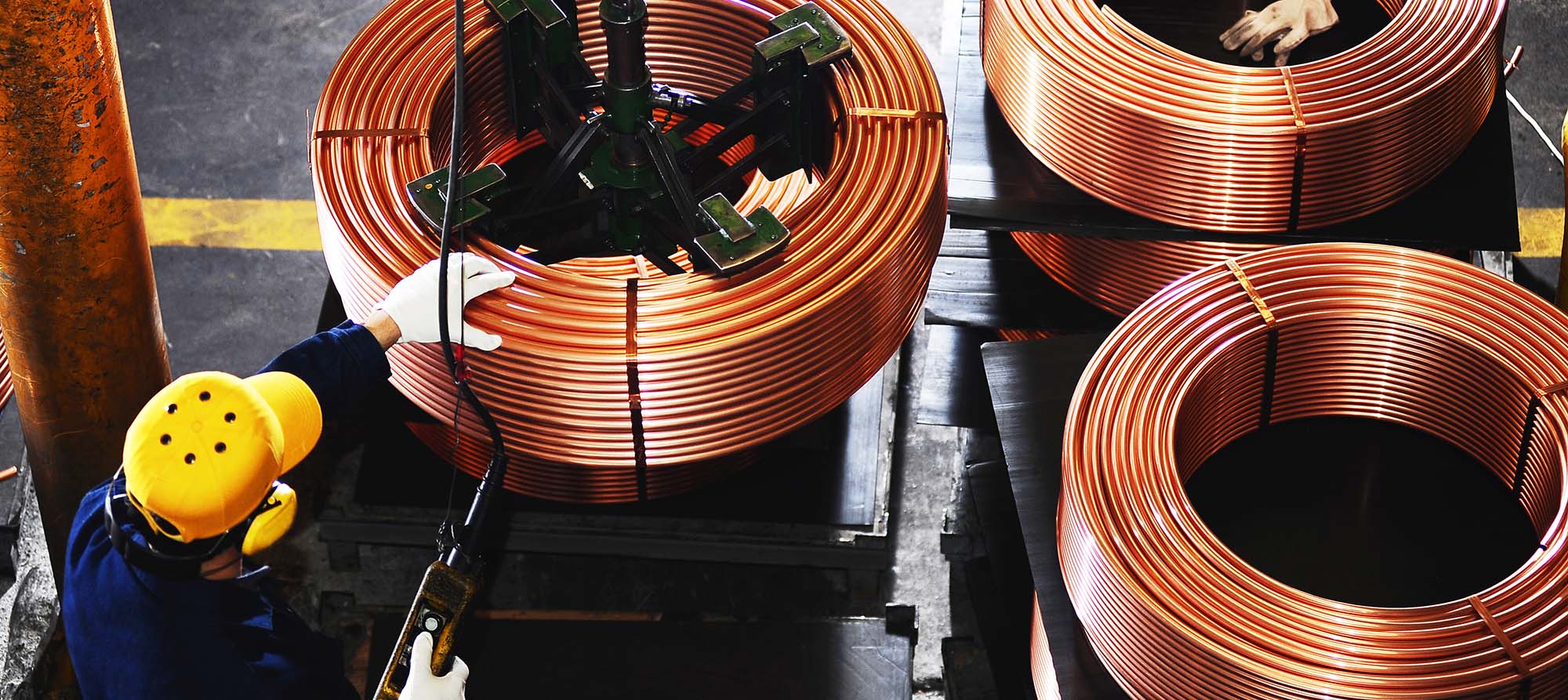
What Causes Commodity Risk?
Price fluctuations on a raw material can be caused by a variety of things, depending on the raw material in question and where the raw material is being sourced from. If a raw material is coming from a specific geographic region that suffers from political strife or instability, it’s possible that a work stoppage could cause a decrease in the availability of the raw material and thus a rise in price.
And risk events can take place simultaneously. The Russian invasion of Ukraine in 2022 continues to threaten grain and oilseed supply. High fuel and energy prices cut into margins. At the same time, the COVID-19 pandemic has lingering effects on food production, labor and logistics. Extreme weather increasingly impacts harvests and crop yields globally. All of these factors cause market prices to fluctuate greatly.
Along with price swings, commodities risks include the possibility of shortages. Grains, lithium, pharmaceuticals and semiconductors could be in short supply through 2023 and possibly beyond. In the pharmaceuticals industry, challenges in procuring key ingredients, combined with capacity issues, have caused manufacturing delays. Semiconductors have only partially recovered from shortages of recent years.

How Can I Manage Commodity Risk?
Managing risk in commodity markets isn’t easy—that’s why commodities futures exist. (Commodities futures are agreements to buy or sell a raw material at a particular price at a specific date in the future, regardless of external factors that might affect price between now and then.) But it’s not impossible. The key is to understand where your raw material is coming from, and then make sure you’re aware of what’s happening in that location—because if you find out before your competitors about an event that might impact the price of a commodity, you can take action to buy it up before that happens.
This actually happened to one Sphera [formerly riskmethods] customer—after they were alerted to a strike at a copper mine, they knew that a copper shortage and subsequent price increase was likely to follow. By taking action, they avoided price increases of 15-20%. Guess who didn’t? Their competitors. It’s hard to monitor raw material locations on your own—but with the right advanced technology, it’s just another standard functionality. At Sphera [formerly riskmethods], for example, we use AI to scan millions of news sources in real time, so that we can warn you about exactly this kind of commodity market risk event as it’s happening. Clearly, it pays to take steps to avoid shortages of key commodities and raw material price increases.
riskmethods was acquired by Sphera in October 2022. This content originally appeared on the riskmethods website and was slightly modified for sphera.com.

